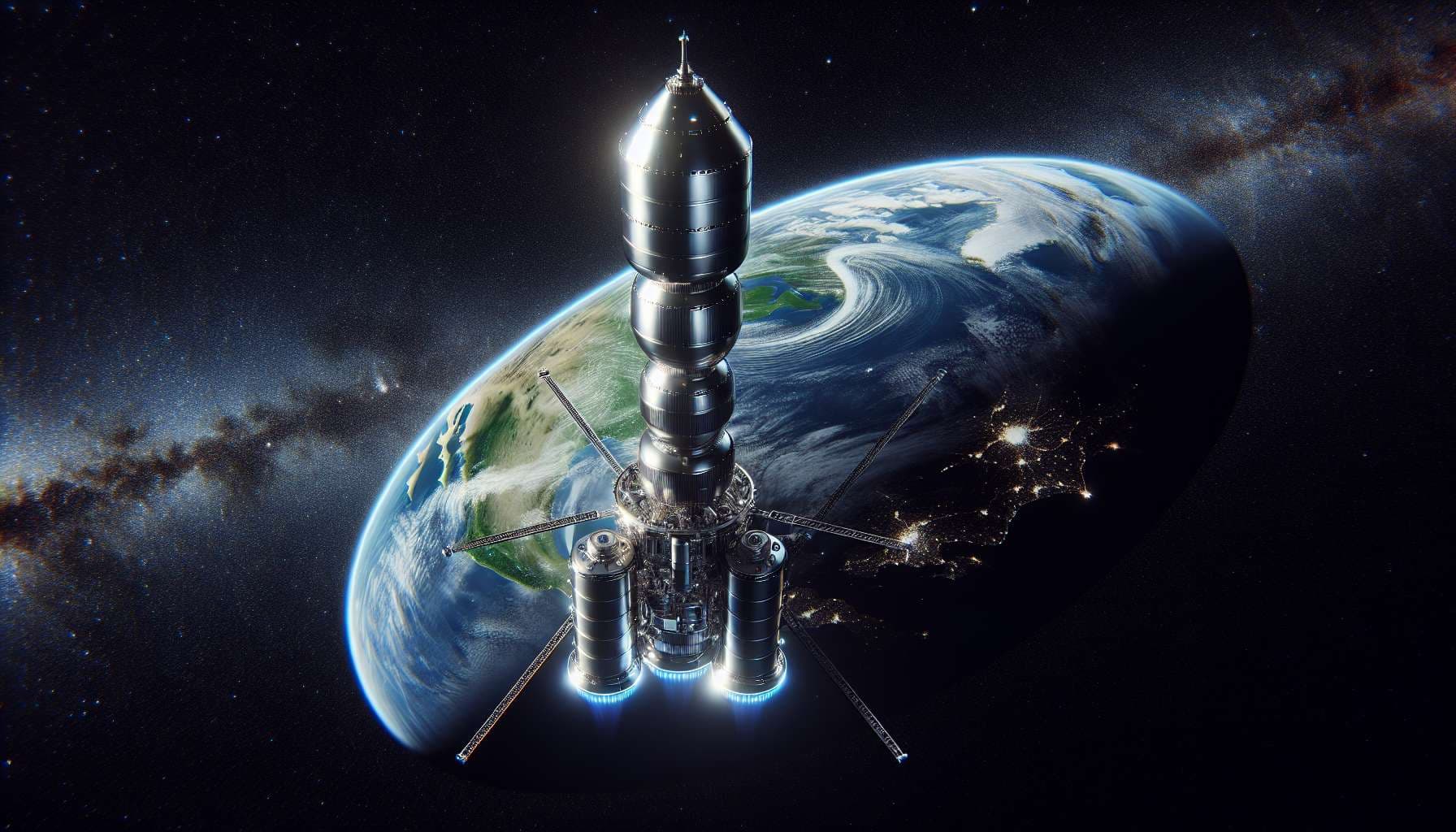
Resolves on statements from SpaceX establishing whether the planned trajectory of the third Integrated Flight Test of the Starshsip–SuperHeavy vehicle is unambiguously orbital - that is, a trajectory in which the vehicle would, without further engine burns, complete at least one full orbit around the Earth.
Since plans can change, this market will not resolve until SpaceX officially announces a NET launch date on their website at https://www.spacex.com/launches/.
If official and current information from SpaceX at or after that time establishes the planned flight trajectory, then this market will resolve accordingly, otherwise it will stay open until SpaceX makes the planned trajectory known.
If we don't know as of a month after launch or destruction of the vehicle, this market resolves N/A.
🏅 Top traders
| # | Name | Total profit |
|---|---|---|
| 1 | Ṁ568 | |
| 2 | Ṁ246 | |
| 3 | Ṁ165 | |
| 4 | Ṁ58 | |
| 5 | Ṁ45 |
People are also trading
@chrisjbillington I accept the question resolution, but note that if the relight does work, SpaceX will have demonstrated the capability to reach orbit, since the de-orbit thrust applied would, if applied to increase velocity, put the Ship properly into orbit.
@JonWharf Even without the relight, it may well be that the energy from launch is enough to do a 100km circular orbit but instead does a ~275km? apogee so highly elliptical that intersects atmosphere before perigee. ~275 + ~50 or even 0 averages more than 100km.
@ChristopherRandles Sounds like energy was the same as a 90km circular orbit, which I think isn't enough to go around once:
@chrisjbillington None of this is relevant to this market, which required Starship to be on a trajectory with perigee outside the atmosphere. Though the below-linked market would have resolved YES if the trajectory had more energy even if it intersected the atmosphere:
@traders a clarification. If SpaceX never comment on what the planned trajectory was to be, but they do say that Starship reached its planned trajectory, then I'll resolve based on telemetry or orbital parameter estimates from e.g. Jonathan McDowell or other reliable sources. If such sources can establish reasonably unambiguously whether the orbital energy was great enough, then I'll use them, otherwise we'll still have to N/A.
@chrisjbillington SpaceX website says it will be a short hop from Texas to Indian Ocean; not planned to be orbital.
@TrickyDuck Whilst I'm betting hard on that being the case, it's not quite definitive. Such a trajectory could be achieved by first entering an orbital trajectory and then doing a deorbit burn. This market doesn't require a complete orbit to actually take place, it resolves on whether the instantaneous trajectory of Starship at any point is one that would complete a full orbit, barring additional burns. So I can't quite resolve yet!
website https://www.spacex.com/launches/mission/?missionId=starship-flight-3 says
"This new flight path enables us to attempt new techniques like in-space engine burns while maximizing public safety."
I believe this means that if the deorbit burn fails it will still crash in specified debris zones to maximize public safety. If it was going orbital and the deorbit burn failed then by definition it would be in orbit and if engine lights failed they would be unlikely to be able to control re-entry which would not maximise public safety.
Together with the 1 hour flight time, I think this should be sufficient for "***establishing whether*** the planned trajectory of the third Integrated Flight Test of the Starshsip–SuperHeavy vehicle is unambiguously orbital"
Establishing whether would not seem to require it to be written in particular words and I think the meaning here is clear enough.
@ChristopherRandles That's almost certainly the deal - that the choice of re-entry site gives them a large area where they'll re-enter somewhere away from civilisation regardless of how long the burn lasts.
If this is all the information we get then I may resolve NO based on it, but I'm not sure this is quite the standard of evidence I'd like. It's not hard to imagine alternative reasons why they might choose this phrasing, other than it being about the flight being suborbital, and my interpretation of what they're referring to is very much influenced by my priors that the flight is suborbital.
So I'm going to leave this open a bit more. I think Jonathan McDowell will give us an answer shortly after Starship makes it to its target trajectory (if it does), it wold be preferable to resolve based on that.